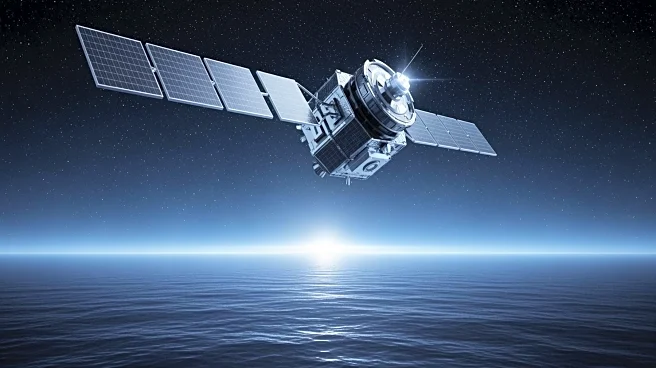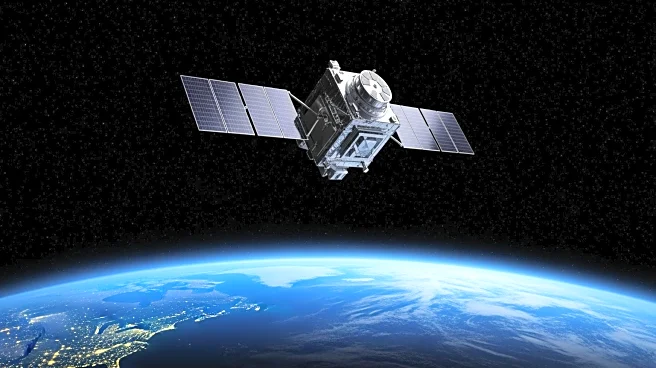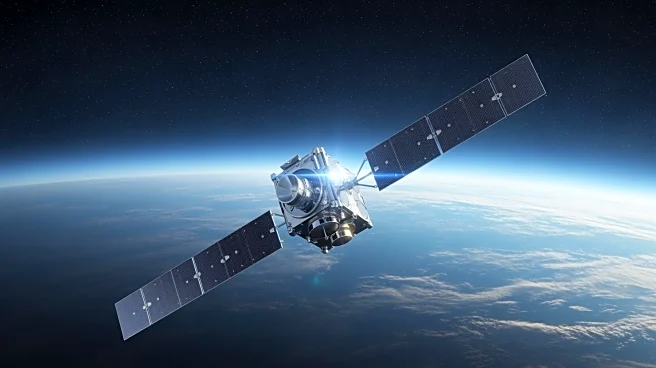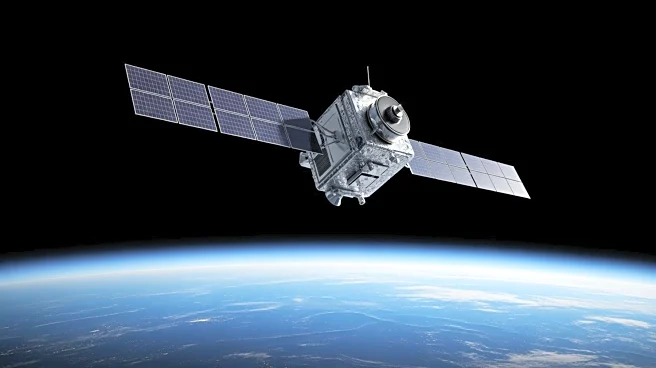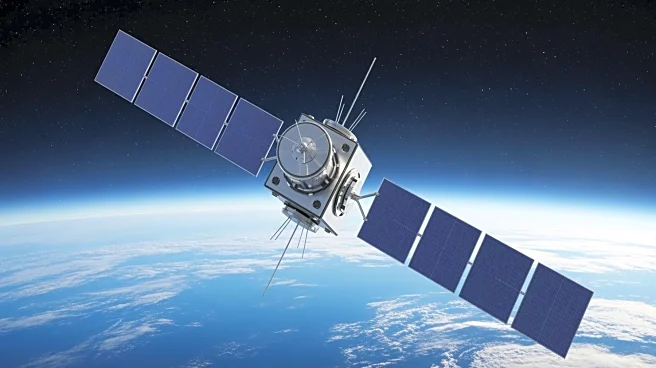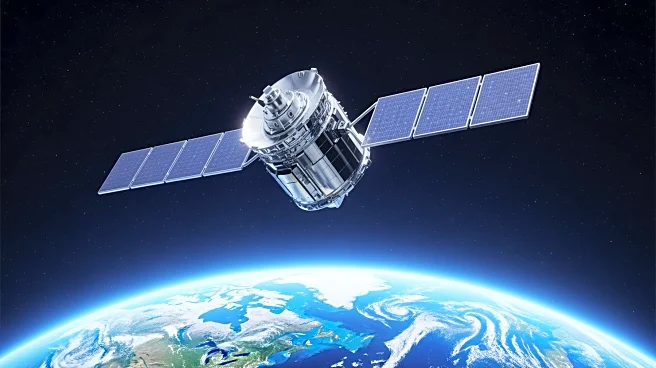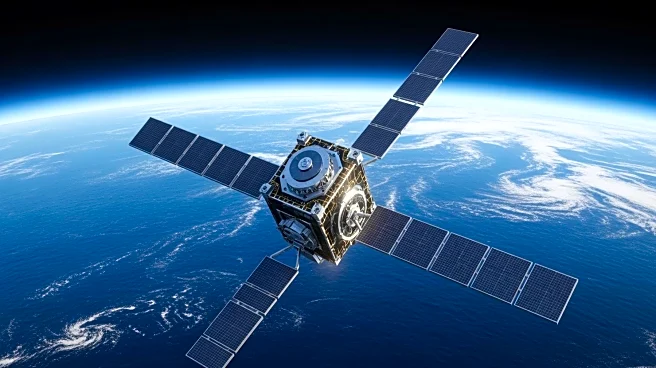What's Happening?
SpaceX is set to launch the Sentinel-6B satellite, an advanced ocean-mapping satellite, from Vandenberg Space Force Base in California. The launch is scheduled for early November 17, with the satellite being
part of the European Union's Copernicus Earth-observing program. Sentinel-6B will measure sea surface heights globally, continuing the work of its predecessor, Sentinel 6 Michael Frelich. The satellite is equipped with a radar altimeter developed by the European Space Agency and a microwave radiometer provided by NASA, which will enhance the accuracy of sea-level measurements.
Why It's Important?
The launch of Sentinel-6B is significant for global climate monitoring efforts, as it will provide precise data on sea-level rise, a critical indicator of climate change. The collaboration between European and U.S. agencies underscores the importance of international cooperation in addressing environmental challenges. Accurate sea-level data is essential for policymakers and scientists to develop strategies for mitigating the impacts of climate change, particularly in coastal regions vulnerable to rising sea levels.
What's Next?
Following the launch, Sentinel-6B will work alongside Sentinel 6 Michael Frelich to ensure precise cross-calibration between instruments. The satellite's data will be used by various agencies, including NASA and NOAA, to enhance climate models and inform policy decisions. The successful deployment of Sentinel-6B could lead to further collaborations and advancements in Earth observation technologies.
Beyond the Headlines
The mission highlights the technological advancements in satellite instrumentation, which are crucial for improving the accuracy of environmental data. It also reflects the growing emphasis on using space technology to address global challenges, such as climate change. The data collected by Sentinel-6B will contribute to a deeper understanding of ocean dynamics and their role in the Earth's climate system.


